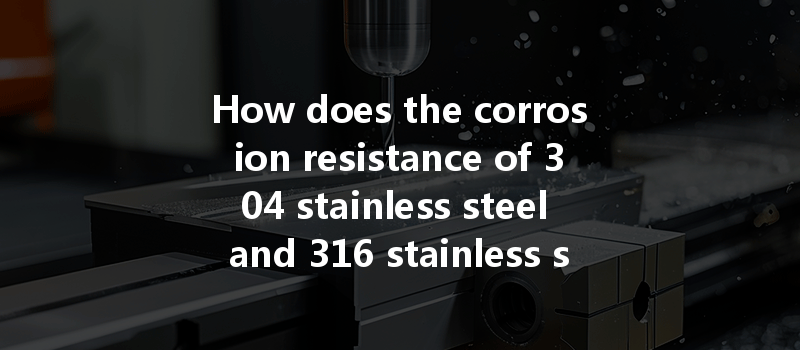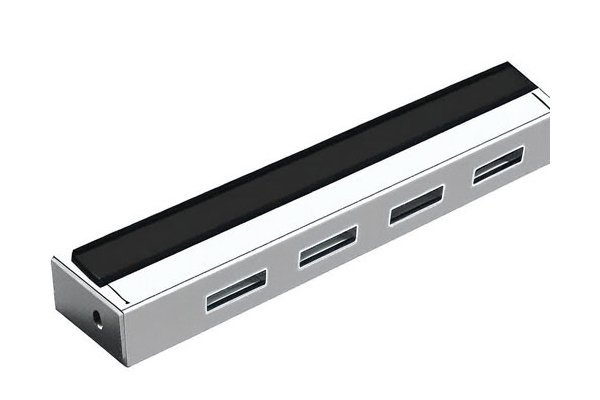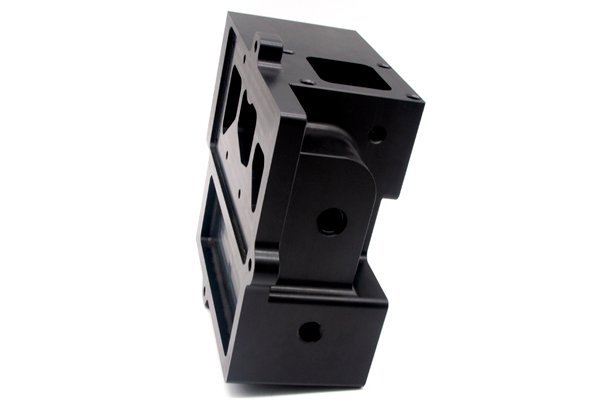Did you know that stainless steel is one of the most widely used materials in the world, with applications ranging from kitchen appliances to complex aerospace components? This material’s resistance to corrosion plays a pivotal role in its popularity. Among the various stainless steel grades, 304 and 316 are the most commonly used due to their unique properties. However, many engineers and manufacturers often grapple with the decision of which grade to choose for specific applications. As you navigate through this blog, we will explore the critical differences between these two stainless steel types, focusing particularly on their corrosion resistance, and provide detailed solutions to related challenges in CNC processing.
Understanding Stainless Steel: A Quick Overview
Stainless steel is an alloy primarily made up of iron, chromium, and nickel. The essential characteristic that gives stainless steel its anti-corrosive properties is chromium. When exposed to oxygen, chromium forms a thin, protective oxide layer on the surface of the steel, preventing further oxidation and corrosion. This quality is ideal for applications in aggressive environments.
The Basics: 304 vs. 316 Stainless Steel
Before we delve deep into their corrosion resistance, let’s briefly outline the composition of 304 and 316 stainless steels:
The Importance of Corrosion Resistance in CNC Processing
CNC (Computer Numerical Control) machining is heavily utilized in fabricating components from various metals, including stainless steel. Selecting the appropriate material is crucial as it directly impacts the longevity, safety, and cost-effectiveness of a part. Therefore, understanding the corrosion resistance of 304 and 316 stainless steel is vital for engineers, manufacturers, and end-users.
Key Factors Influencing Corrosion Resistance
Corrosion Testing: A Comparative Study
To understand how 304 and 316 stainless steels perform in real-world conditions, various corrosion tests have been employed:
Results: What Do Tests Show?

In salt spray tests, 316 typically outperformed 304, demonstrating minimal oxidation and pitting over extended exposure periods.
Problem-Solving Strategies in CNC Processing
When handling both materials in CNC machining, manufacturers encounter various challenges. Here, we outline effective strategies that can be implemented throughout the process.
Choosing the right stainless steel grade based on environmental conditions is crucial. If you anticipate exposure to corrosive substances, 316 stainless steel is often the way to go.
While fabricating parts, manufacturers can reduce the risks of corrosion through controlled environments. For example:
CNC processing requires careful attention to minimize surface defects that could prompt corrosion:
The importance of treating the CNC-ed surface cannot be overstated. Applying a protective coating or passivation can elevate both grades’ corrosion resistance:
For components subjected to harsh environments, regular inspections and maintenance are imperative to identify and treat corrosion before it leads to severe damage.
: Making an Informed Choice for Your CNC Projects
In summary, while both 304 and 316 stainless steel are popular choices in CNC processing, their resistance to corrosion largely differs based on various factors, including environmental conditions and material composition.
Understanding the diverse properties of these materials allows engineers and manufacturers to make knowledgeable decisions, ensuring the longevity and safety of their projects.
For those navigating CNC machining setups, knowing when to pair 316 stainless steel over 304 could lead to significant savings in maintenance and replacement costs down the line, particularly in corrosive settings.
By approaching your project with this understanding of material selection, corrosion resistance, and effective processing techniques, you can create components that not only meet but exceed performance expectations.
Remember, the choice of material in CNC processing is not just a matter of cost or availability, but of ensuring that your components perform reliably over their intended lifetime. So, take the time to weigh your options carefully, keeping in mind the nuances of corrosion resistance between 304 and 316 stainless steel. It is a decision that will benefit not just your current project but also your future endeavors.






